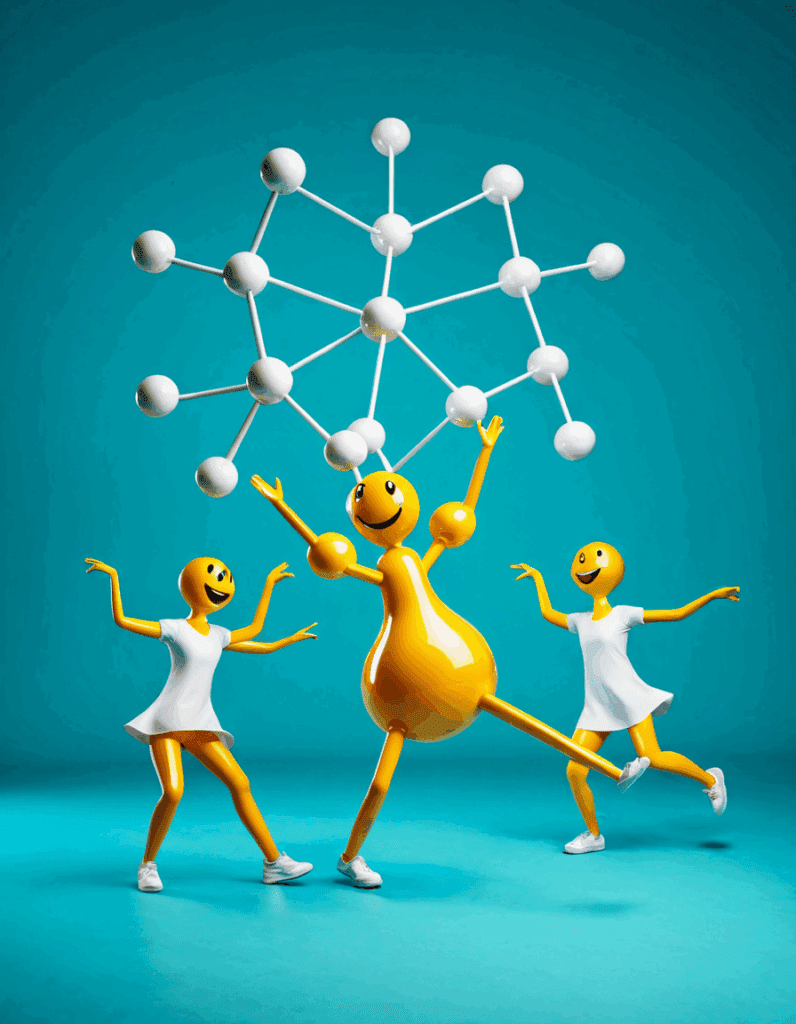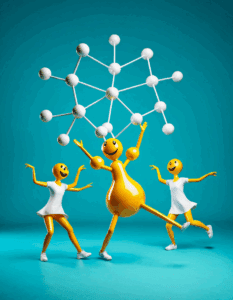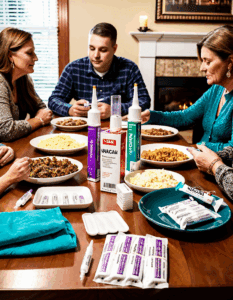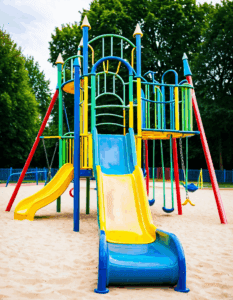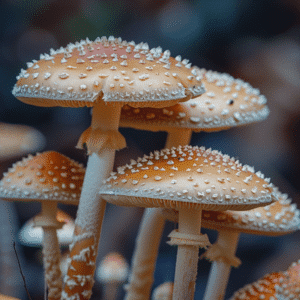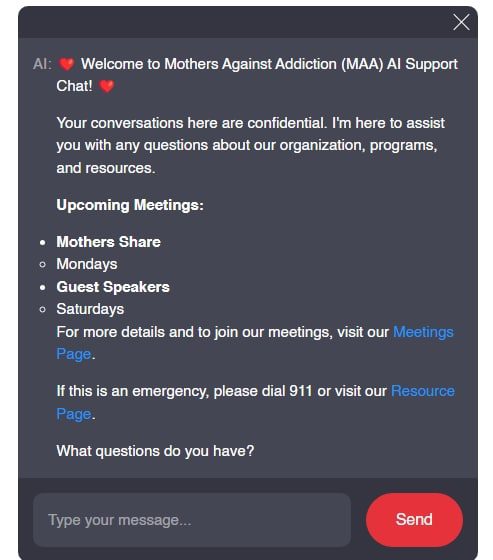Understanding what dopamine is crucial for anyone, especially parents facing the heartache of a child’s addiction. Dopamine is often tossed around as the “feel-good” neurotransmitter, but there’s so much more to the story. It’s the brain’s motivational maestro, influencing reward, motivation, and pleasure. Think of dopamine as a signal, lighting up the neural pathways that drive positive reinforcement. When you reach for a goal, celebrate a win, or even daydream about something enjoyable, your brain releases dopamine, sparking motivation and a rush of satisfaction. Understanding this connection between dopamine and happiness may benefit anyone, particularly those grappling with the weight of addiction in their families.
As a parent, it’s essential to comprehend how dopamine operates not just in the good times, but also in the shadows of addiction. For children struggling with addiction, dopamine may feel more like a roller coaster than a smooth ride. Situations can get tricky when substances hijack this crucial brain pathway, leaving loved ones feeling helpless and devastated. By grasping the dynamics of dopamine, you can better support your children on their journey.
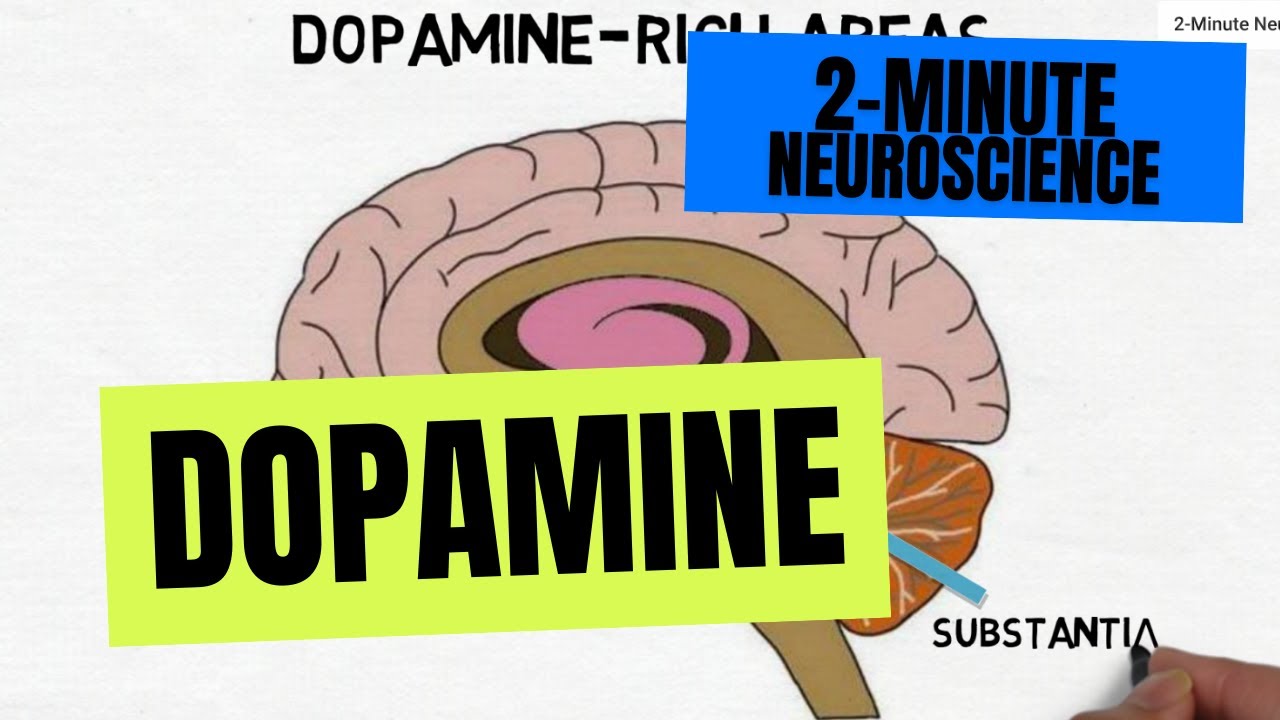
## What’s Dopamine: The Surprising Role in Your Happiness
Dopamine plays many roles in our lives, acting as both the cheerleader for our motivations and the gatekeeper to our joys. The primary function of this neurotransmitter is to facilitate our reward systems. When we experience something gratifying, like succeeding at a task or sharing laughter with friends, dopamine is released, sending our feelings of joy soaring. This connection can help frame our ideal world — one filled with motivation, purpose, and everlasting happiness.
Imagine setting a goal, perhaps to see a movie featuring Adrianne Palicki, and achieving it. The thrill coursing through you when you accomplish that is dopamine’s handiwork. It fuels feelings of accomplishment and drives you to seek more gratifying experiences. Understanding how dopamine functions helps shed light on emotional well-being, fueling optimism even amidst struggles.
At the same time, it’s important to recognize how the darker side of dopamine—the addiction aspect—can clash with the joyful side. Substances like opioids, which include drugs like Vicodin, can flood the brain with dopamine, creating that euphoric feeling. Over time, this leads to dependency, as users find it harder to enjoy life without these substances. This is a tough lesson for parents of children battling addiction; understanding how addictive behaviors can warp the natural dopamine release is a start toward healing.

2. Top 7 Ways Dopamine Influences Your Happiness
Diving deeper into the world of dopamine reveals its extensive influence on emotional and mental well-being. Here are seven primary ways dopamine contributes to our happiness:
2.1. Reward System Activation
When you hit a major milestone or even complete daily tasks, dopamine surges through your system, making you feel elated. Each time you win a game or receive a compliment, that joy propels you to seek more of those satisfying experiences. It strengthens your resolve; this is a powerful motivator.
2.2. The Role of Dopamine in Social Interactions
Human beings are social creatures, and dopamine plays a big part in this connection. Meaningful conversations or fun social events release dopamine, lifting your spirits and bonding you to others. This element cannot be overstated; for parents managing their child’s addiction, having a strong support network uplifts more than ever.
2.3. Dopamine and Exercise
It’s no secret that getting active can elevate moods. Activities like cycling and running not only stimulate dopamine production but also create a cycle of motivation and fulfillment. Regular exercise has been shown to combat symptoms of depression, serving as a natural remedy to boost those feel-good chemicals.
2.4. Dopamine in the Context of Addiction
The struggle with addiction can feel like being on a tightrope. While substances like heroin belong to the opioid class, their interaction with dopamine creates an overwhelming sense of euphoria—a dangerous trap. Eventually, dependence develops, leading to a cycle that becomes increasingly hard to escape. This is where education on manipulative substances comes into play. Familiarity with terms like what are opiates and what is a narcotic helps parents advocate for their children more effectively.
2.5. Dopamine’s Role in Healthy Eating
Believe it or not, what you consume can directly impact your dopamine levels. Foods rich in tyrosine, like bananas and avocados, help promote dopamine production. When you make healthier dietary choices, it reflects positively on your overall emotional well-being—a win for both you and your child.
2.6. Goal-Setting and Achievement
Setting achievable goals is vital for sustained happiness. Each small win triggers dopamine release, turning motivation into action. Whether for personal growth, work, or academics, each accomplishment creates a loop of aspiration that fuels further ambitions. So, yes, don’t minimize those tiny victories; they matter!
2.7. The Therapeutic Potential of Dopamine Manipulation
In treatment scenarios, medications like methadone can successfully stabilize dopamine levels. For parents dealing with a child’s substance dependence, understanding how dopamine manipulation can aid recovery is key. These medications help return balance to the brain, guiding individuals towards sustainable happiness away from the clutches of addiction.

3. What is the Relationship Between Dopamine and Other Substances?
Let’s dive into how various substances affect dopamine levels. Drugs fundamentally alter dopamine function, often spiraling users into addiction. For example, nicotine—a recognized drug—alters dopamine pathways, complicating mood control and exacerbating addictive behaviors.
Understanding the fine line between seeking happiness and dependence can guide parents in supporting their children. Rapid dopamine surges not only give temporary relief but can soon lead to long-term ramifications. Educating oneself about what are opioids, or the differences between substances, allows for proper conversations about addiction—conversations that need to happen as early as possible.

4. Balancing Dopamine Levels for Sustained Happiness
Looking for ways to stabilize your state of happiness while maintaining balanced dopamine levels? It all boils down to mindful living. Engaging in practices like meditation and deep-breathing exercises can help regulate these levels, fostering emotional stability.
Another tip? Avoid those quick dopamine fixes. Sugary snacks might seem tempting, but they can lead to drastic energy swings that affect your mood. Instead, focus on wholesome snacks and consistent, healthy habits.
Lastly, as we adapt to an era where addiction to substances like opioids surges, understanding dopamine’s role becomes vital. The journey to recovery and sustainable happiness can often feel like a marathon, not a sprint. With support, compassion, and knowledge, it is possible to find the light at the end of the tunnel.

Innovative Insights: Rethinking Happiness in the Era of Addiction
In today’s world, addiction often seems like an unwelcome companion, particularly for families. As we elaborate on the intricate relationship between dopamine, addiction, and happiness, the path toward recovery becomes clearer. Realizing that knowledge about brain chemistry can lead to both recovery and understanding emphasizes the importance of education.
Continuing the dialog around these topics can help break the stigma. As we innovate our approaches to addiction recovery, we begin to pave the way for brighter futures. By embracing holistic practices while navigating challenges, parents can help illuminate the paths for their children, creating healthier environments for fulfilling lives ahead.
In a society grappling with addiction, this knowledge about dopamine and happiness becomes a lifeline for families. Together, we can cultivate understanding, compassion, and resilience as we walk alongside our children in their time of need. For those looking for support, organizations like Mothers Against Addiction offer invaluable resources on recovery and well-being where you can discover insightful tools, such as the pill identifier and information on Narcan Uses. If additional help is required, please remember to reach out to a suicide Helpline or the suicide Hotline number. Together, we can ensure no parent faces this battle alone.
Whats Dopamine: Fun Trivia and Interesting Facts
The Basics and More
Dopamine, often dubbed the “feel-good” neurotransmitter, plays a key role in how we experience pleasure and satisfaction. It’s fascinating to note that in the world of entertainment, shows like Grey’s Anatomy heavily feature characters facing emotional ups and downs, much like how dopamine affects our mood. Just think of Amelia Shepherd, whose journey is a rollercoaster of triumphs and setbacks. If you’re curious about her gripping story, you can read more about it here. Dopamine’s influence can sometimes feel like a binge-worthy series—from the highs of thrilling excitement to the lows of unexpected twists.
Dopamine in Everyday Life
Everyday experiences, like enjoying a delicious meal or hitting a milestone, release dopamine and elevate our happiness. This neurotransmitter is often linked to motivations, too. For instance, you’ll find that some people invest in opportunities that spark joy, which echoes the frenzy around events like the recent Rbd tour. Fans are continuously buzzing about the excitement of their favorite artists performing live and the rush that comes with it! Just as Investors purchase stocks to feel satisfaction from potential gains, we often chase dopamine in our daily actions.
Fun Facts You Might Not Know
Did you know that dopamine is also involved in our movement control? It helps us stay active and engaged, which is crucial in both physical and mental activities. If we think of dopamine’s role as a guiding light, it becomes clear how essential it is to our well-being. Similar to how smart investors purchase real estate to capitalize on growth, we can actively seek activities that boost our dopamine levels. Simple joys—like spending time with loved ones or closing a good deal—can reinforce that feel-good chemical and keep us smiling! So the next time you’re wondering, “what’s dopamine?” remember that it’s your body’s way of encouraging happiness and driving you towards an uplifting life experiences.


